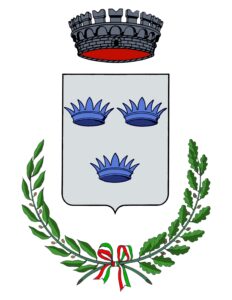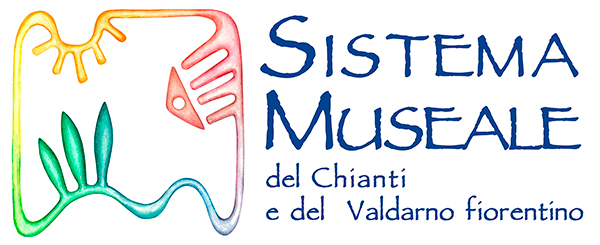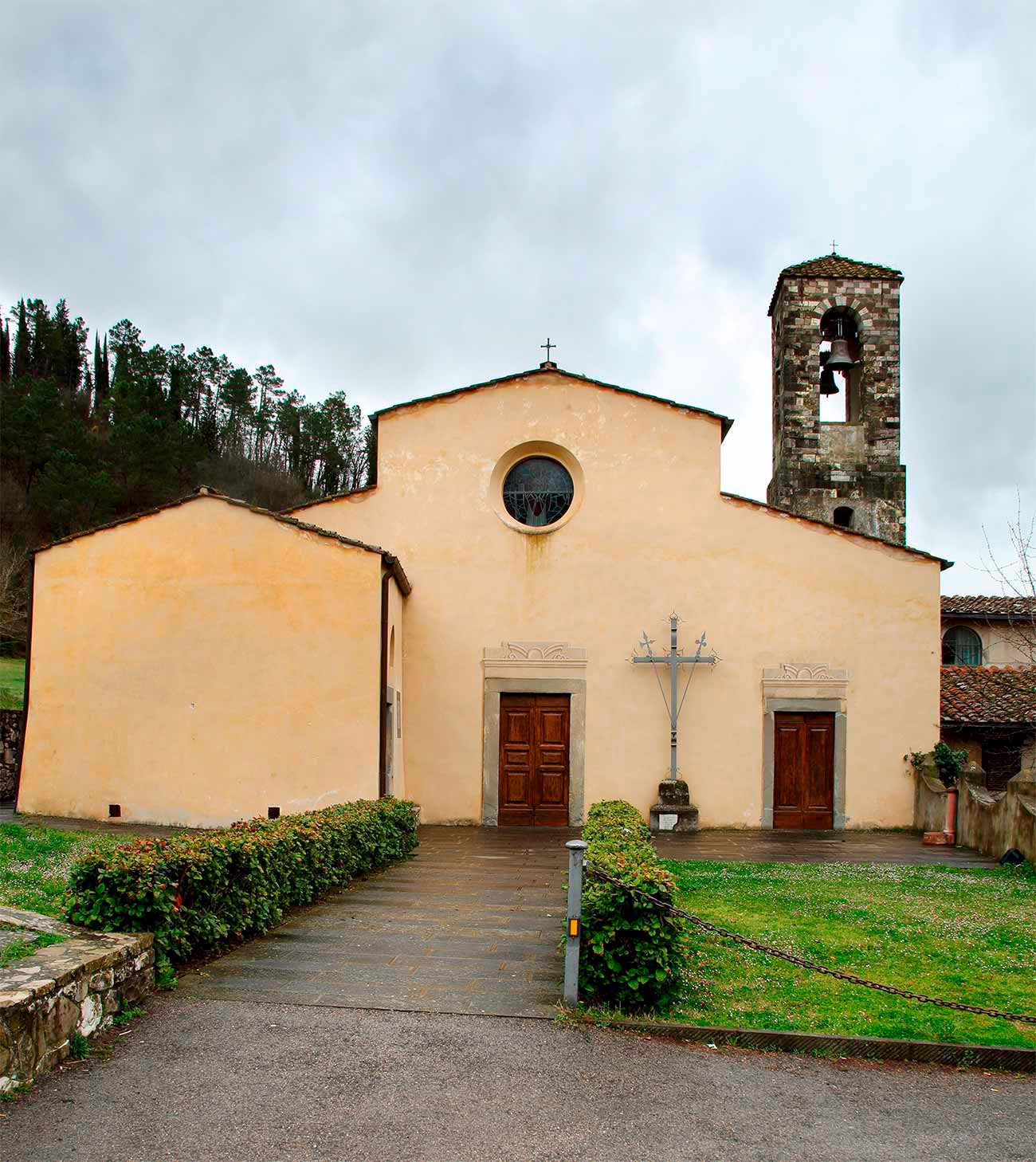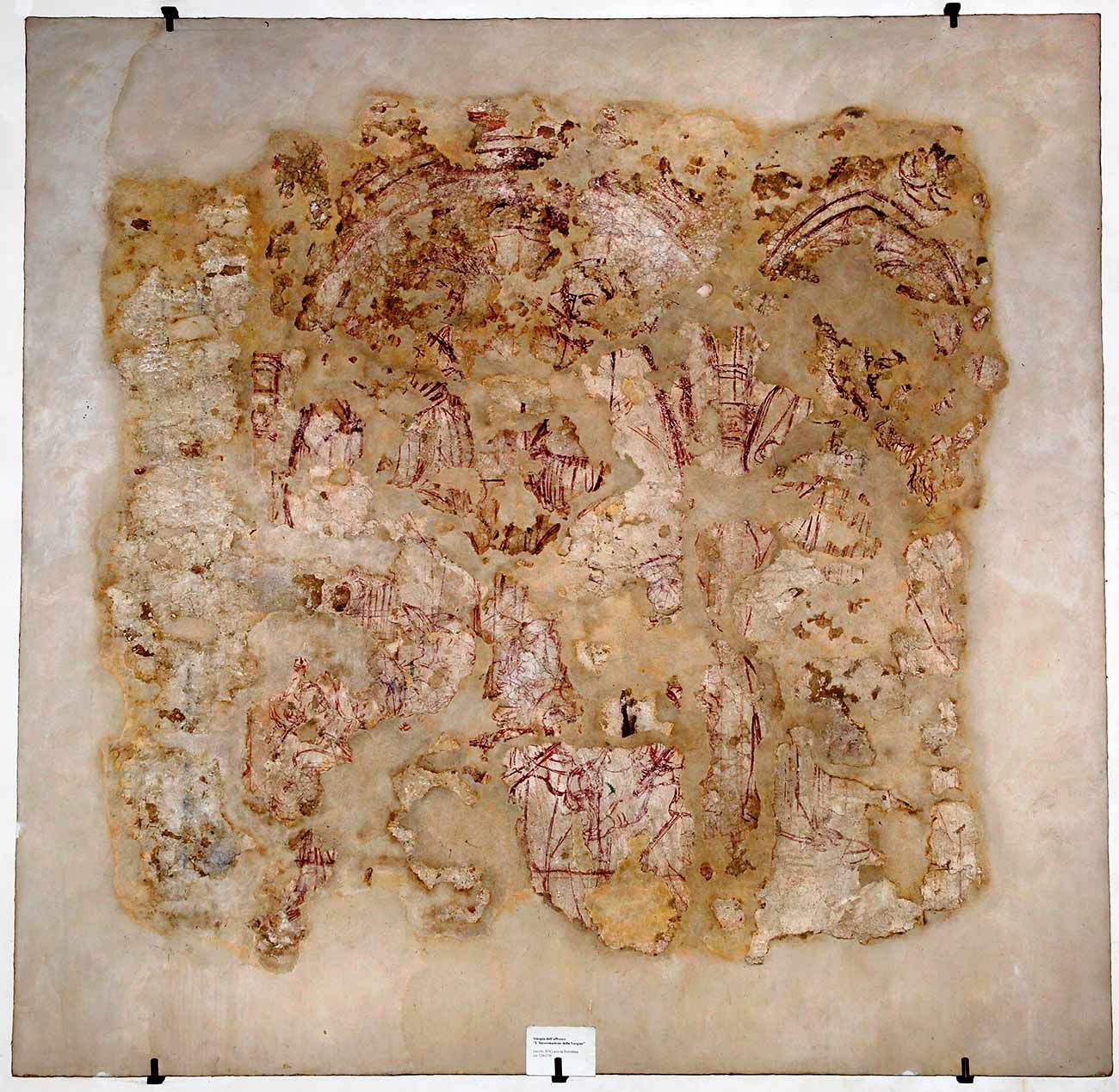Pieve di San Leolino

PIEVE DI SAN LEOLINO AT
RIGNANO SULL’ARNO
The floor plan with three aisles divided by arches resting on quadrangular pillars and terminating in apses, the stone walls built of alberese and pietra forte, and the lower part of the bell tower are features typical of Romanesque architecture in the 11th-12th century. The Pieve di San Leolino dates in fact from this period, when it replaced an existing building first mentioned in a document from 1008. In the 15th century, the lords of Castiglionchio and Volognano were the patrons of the Pieve.
The sober interior is the result of restoration begun in 1883, when the 18th-century additions and curtain walls were removed, and further work concluding in 2000 with the reopening of the Pieve.
Some of the artworks now in the Pieve were brought here from their original locations starting in the 16th century.
A fragment of a fresco with a Madonna Lactans, probably part of a larger composition, was painted in the early 15th century by the Florentine artist Bicci di Lorenzo in the Oratory of Sezzano. The image, called the ‘Virgin of Consolation’ was deemed miraculous. In 1797 it was detached in a block and brought to Vallombrosa, then transferred to San Leolino in 1811.
Facing it, on the left-hand wall, a little medieval orchestra composed of angels accompanies the solemn moment of Mary’s coronation as Queen of Heaven. The musicians are holding six different antique instruments, including an organ, a vielle, a rebec, a psalter and what appears to be cymbals. The angel on the right, shown with an open mouth, may be singing. In the sinopia (preparatory drawing), also present in the Pieve, the choice of instruments is slightly different, including a flute. In the right-hand side panel, the only one to survive, St. Mary Magdalen and St. Agatha are watching the scene. The origin of this curious late 14th-century fresco, brought to San Leolino perhaps already in the 16th-17th century, is unknown.
The beautiful glazed terracotta baptismal font decorated with six Stories of St. John the Baptist was instead produced by the Buglioni workshop expressly for this Pieve in the early 16th century.
Contacts and Social
Opening Hours
Open by appointment
Open Saturday and Sunday during Mass
Do you need more information?
Sistema Museale del Chianti e del Valdarno – © 2021. All Rights reserved – Credits
Privacy Policy
Cookie Policy











